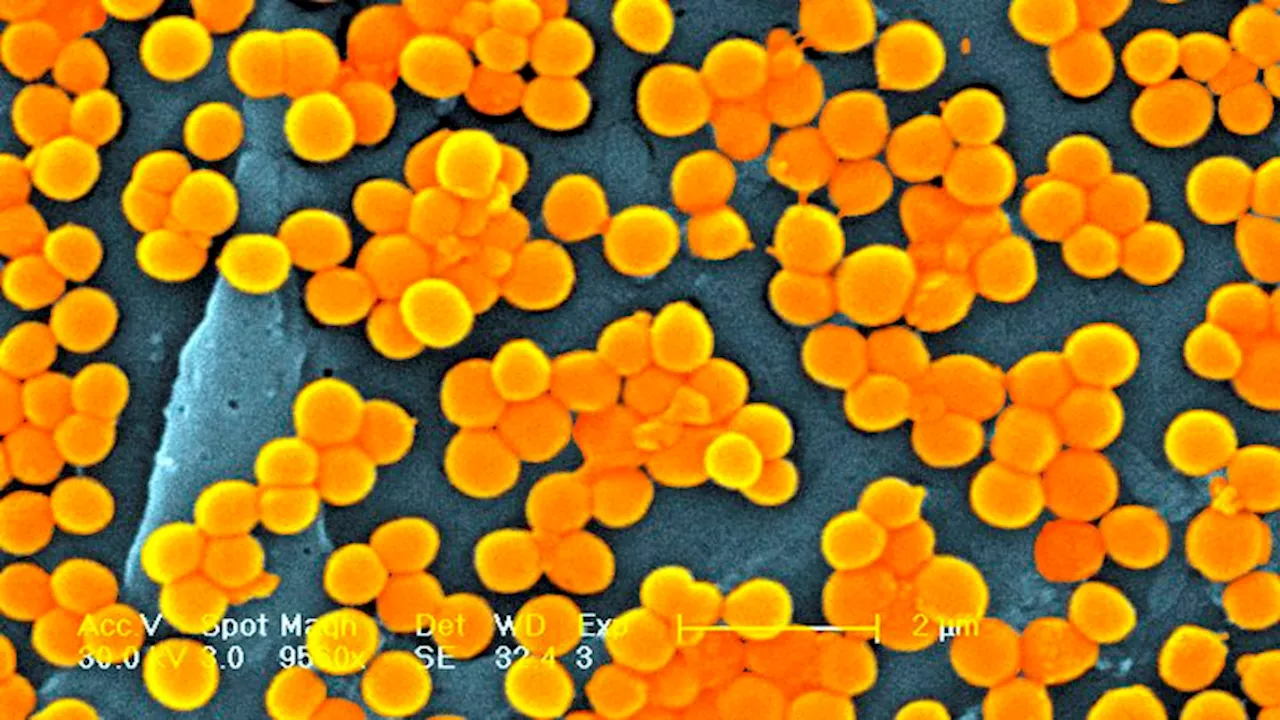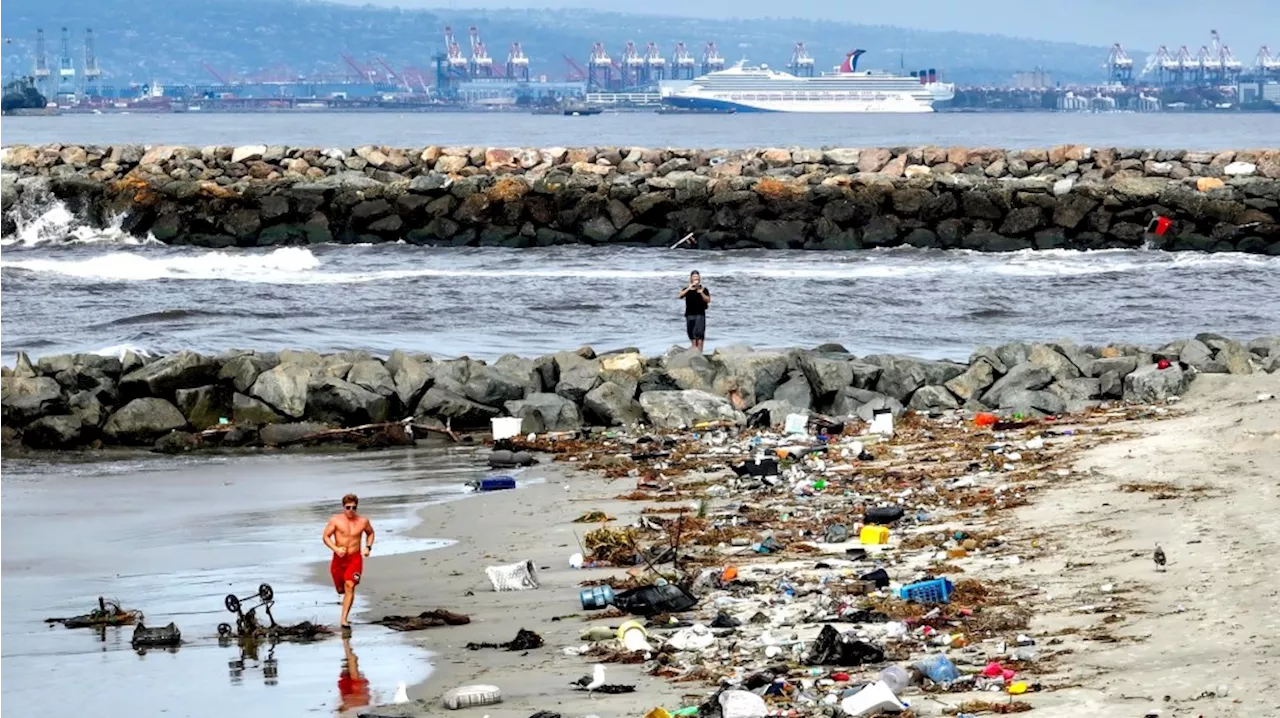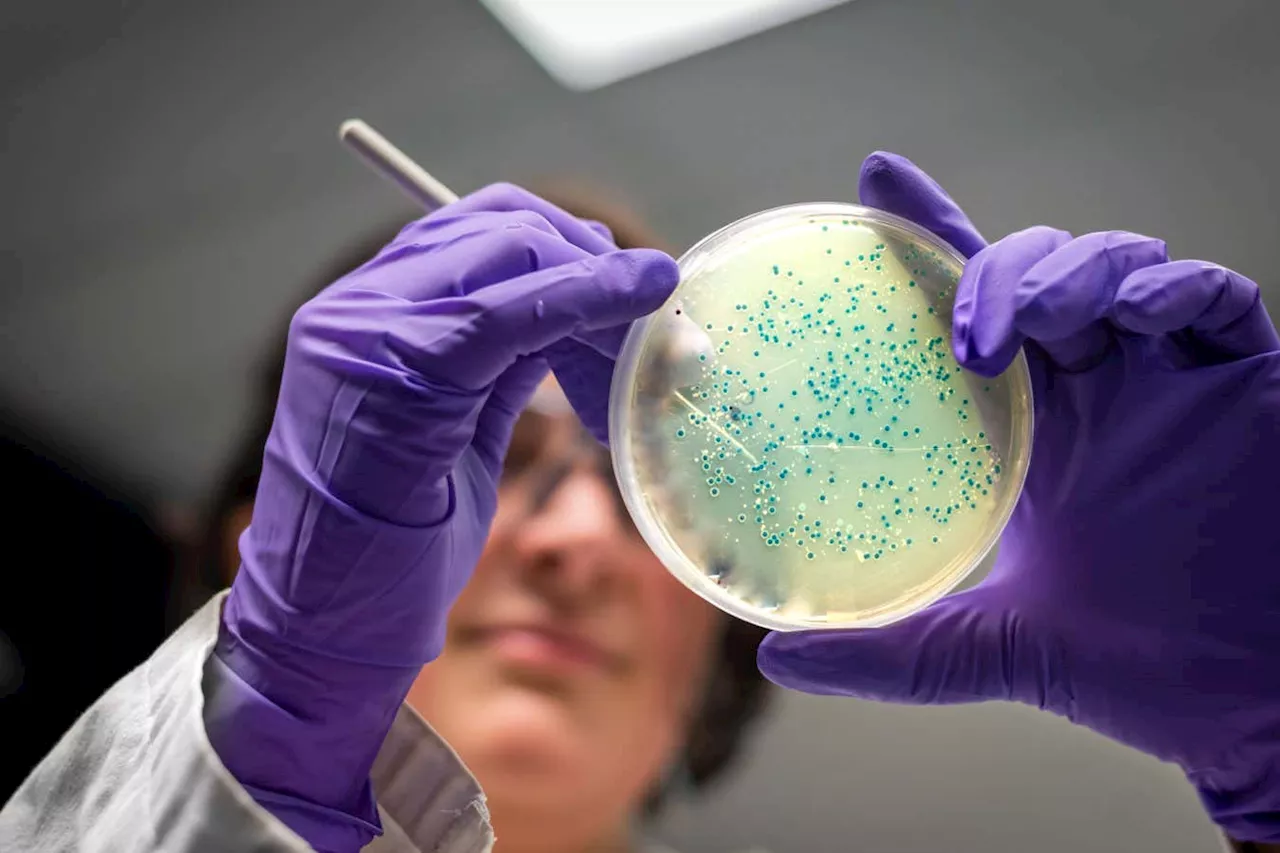The number of people worldwide directly killed by antibiotic resistance will rise to 1.9 million a year by 2050, according to the most comprehensive study so far
The number of global deaths directly attributable to antibiotic-resistant bacterial infections is forecast to rise from a record 1.27 million a year in 2019 to 1.91 million a year by 2050. In total,is expected to kill 39 million people between now and 2050 – but more than a third of that toll could be averted if we take action.
Resistance occurs when microbes evolve the ability to survive drugs that were deadly to them, meaning they no longer clear up infections. Because of the widespread use of antibiotics, in farming as well as healthcare, a growing number of microbes are becoming resistant andat the Institute of Health Metrics and Evaluation in Seattle and her colleagues have tried to estimate the annual number of deaths due to antibiotic resistance from 1990 to 2021.
While the overall number of fatalities due to this has been rising, the team found that the figure for young children has been falling as a result of vaccinations and improved healthcare. Between 1990 and 2021, deaths due to antibiotic resistance decreased by more than 50 per cent among children younger than 5, compared with a rise of more than 80 per cent in adults over 70.and then fell to 1.14 million in 2021, the team concludes.
In the study’s “most likely” scenario for the decades to come, deaths from antibiotic resistance rise to 1.91 million a year by 2050. In a scenario in which new antibiotics are developed against, 11 million deaths would be averted between now and mid-century. In a “better care” scenario where more people also have access to good healthcare, even more deaths are avoided.The 1.91 million annual deaths figure is much lower than an often cited one of 10 million deaths in 2050, from.
She is also sceptical about the team’s forecasts. “I feel predicting antimicrobial resistance trends is very unreliable,” says de Kraker. Drug-resistant versions of microbes can suddenly emerge or disappear without experts really understanding the underlying mechanisms, and there are frequently black swan events, which are impossible to predict, she says.
United States Latest News, United States Headlines
Similar News:You can also read news stories similar to this one that we have collected from other news sources.
 Nearly 40 million people could die from antibiotic-resistant superbug infections by 2050, new study estimatesThe number of lives lost around the world due to infections that are resistant to the medications intended to treat them could increase nearly 70% by 2050, a new study projects, further showing the burden of an ongoing superbug crisis.
Nearly 40 million people could die from antibiotic-resistant superbug infections by 2050, new study estimatesThe number of lives lost around the world due to infections that are resistant to the medications intended to treat them could increase nearly 70% by 2050, a new study projects, further showing the burden of an ongoing superbug crisis.
Read more »
 Antibiotic resistance could cause over 39 million deaths by 2050, study saysResearchers have long flagged antimicrobial resistance as a public health concern, but this study is the first to analyze such trends around the world and over time.
Antibiotic resistance could cause over 39 million deaths by 2050, study saysResearchers have long flagged antimicrobial resistance as a public health concern, but this study is the first to analyze such trends around the world and over time.
Read more »
 High-ambition nitrogen interventions could cut NOₓ emissions by up to 52% by 2050The Earth's nitrogen cycle is among the most heavily exceeded planetary boundaries. Agricultural production and fossil fuel burning release nitrogen pollutants like ammonia (NH3), nitrogen oxides (NOx), and nitrous oxide (N2O), which contribute to air pollution and damage ecosystems.
High-ambition nitrogen interventions could cut NOₓ emissions by up to 52% by 2050The Earth's nitrogen cycle is among the most heavily exceeded planetary boundaries. Agricultural production and fossil fuel burning release nitrogen pollutants like ammonia (NH3), nitrogen oxides (NOx), and nitrous oxide (N2O), which contribute to air pollution and damage ecosystems.
Read more »
 Heavy rains to threaten 25% of copper projects by 2050No 1 source of global mining news and opinion
Heavy rains to threaten 25% of copper projects by 2050No 1 source of global mining news and opinion
Read more »
 Cancer Cases, Deaths in Men Predicted to Surge by 2050A global study predicted an increase in cancer cases and deaths among men, with significant disparities based on age and the economic status of countries.
Cancer Cases, Deaths in Men Predicted to Surge by 2050A global study predicted an increase in cancer cases and deaths among men, with significant disparities based on age and the economic status of countries.
Read more »
 Will our slice of the Pacific Ocean still be healthy in 2050?The waters that support Southern California face a wide range of environmental threats. New studies suggest the next 25 years might be critical.
Will our slice of the Pacific Ocean still be healthy in 2050?The waters that support Southern California face a wide range of environmental threats. New studies suggest the next 25 years might be critical.
Read more »
